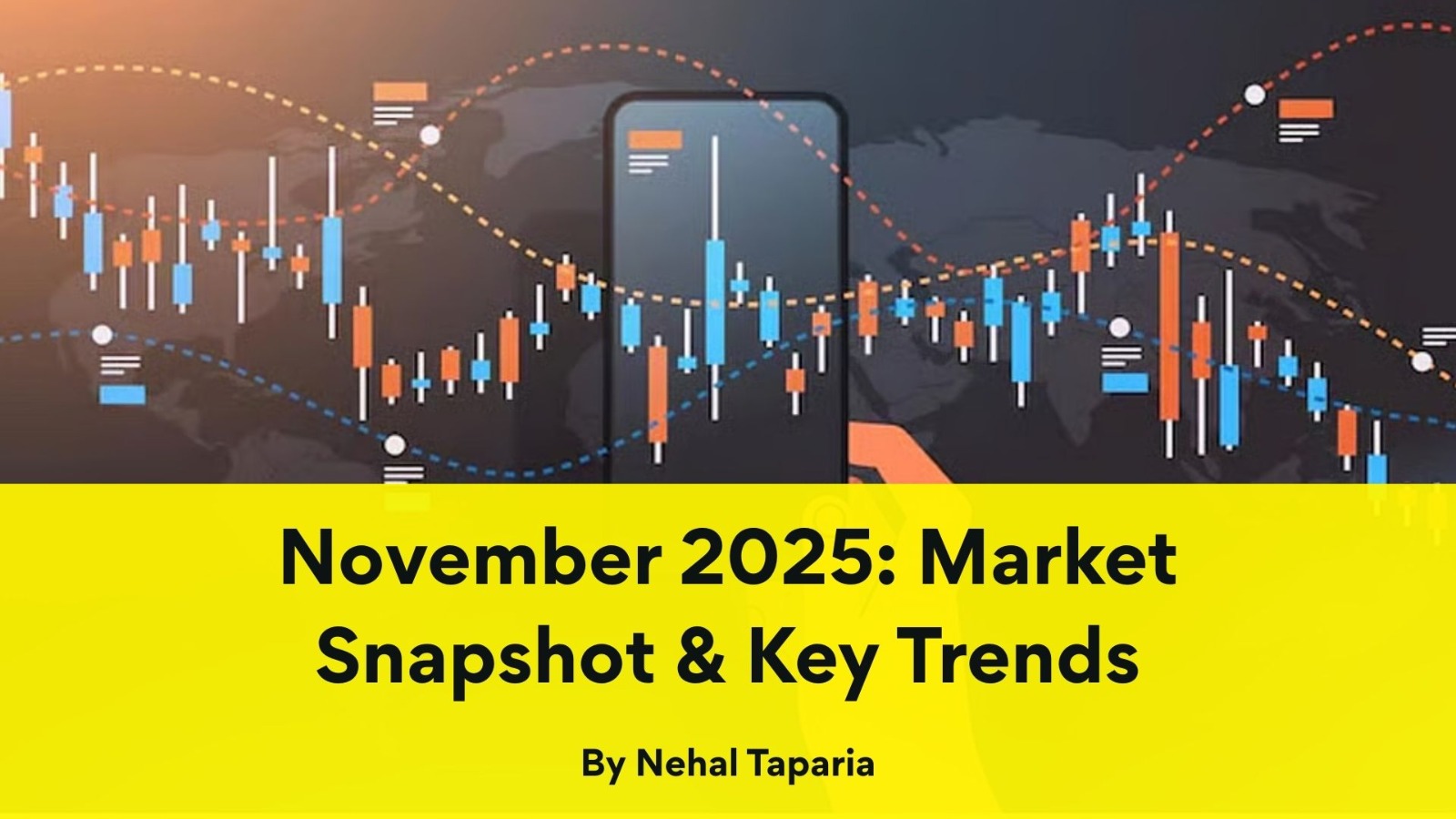US Readies an ‘Economic Bunker-Buster’ for India: What’s at Stake?
.jpeg)
US Readies an ‘Economic Bunker-Buster’ for India: What’s at Stake?
The geopolitical and economic chessboard just got more complicated for India. After deploying bunker-buster bombs on Iran’s underground nuclear facility at Fordow, the US is now preparing an “economic bunker-buster” for countries like India and China — and the trigger point is continued purchases of Russian oil and energy products.
The Sanctioning Russia Act of 2025, introduced in April by US Senators Lindsey Graham (Republican) and Richard Blumenthal (Democrat), has gained serious bipartisan momentum. Its core objective: to enforce punitive economic measures not just against Russia but also against any country that chooses to keep trading in Russian oil, gas, petrochemicals, or uranium.
What Does the Bill Propose?
The bill’s headline feature is an unprecedented proposal: a 500% tariff on all US imports from countries that continue buying Russian energy. The intention is clear — to dismantle Russia’s energy-dependent war economy by isolating it economically and forcing its key trade partners, notably India and China, to make a difficult choice.
Senator Graham has termed this an “economic bunker-buster”, a metaphor for detonating the financial bedrock that funds Russia’s military operations in Ukraine.
Why Is This Happening Now?
Since the war in Ukraine began in early 2022, Russia has circumvented Western embargoes by strengthening its trade ties with non-Western powers. India and China have significantly ramped up purchases of discounted Russian crude oil, insulating Moscow’s economy from the full effects of sanctions.
Washington’s traditional sanctions haven’t brought about the intended results. Now, US lawmakers seek to strike at Russia’s revenue stream by penalizing its customers. The bill's sponsors believe only a severe financial deterrent on Moscow’s key partners can meaningfully disrupt the Kremlin’s war financing.
What Has Been Said to India and China?
Senator Graham issued a stark warning:
“To China and India: if you continue to prop up Putin’s war machine, you’ll have nobody to blame but yourself.”
The message is blunt. Either stop purchasing Russian oil or pay astronomical tariffs when exporting to the US.
Where Does Trump Stand on This?
Interestingly, despite the bill’s rising popularity in Congress, reports suggest former President Donald Trump and his administration are resisting it. While specific details of Trump’s opposition are not fully clear yet, it aligns with his often stated preference for direct negotiations over broad multilateral sanctions and his reluctance to upset strategic partners like India.
How Could This Impact the Indian Stock Market?
If passed and implemented, the Sanctioning Russia Act of 2025 could trigger significant volatility in Indian financial markets. Here’s how:
1 Negative Sentiment Across Export-Driven Sectors
A 500% tariff on Indian exports to the US would hurt companies heavily reliant on US markets — particularly in sectors like textiles, gems & jewelry, pharmaceuticals, IT services, and auto components.
Expect stock prices in these sectors to see sharp corrections if trade relations deteriorate.
2 Rise in Crude Oil Prices Could Hurt Market Stability
If India is forced to curb Russian oil imports, it would have to return to more expensive Middle Eastern or US crude. Higher crude prices fuel inflation, widen the fiscal deficit, and increase the current account deficit — all negatives for the stock market, especially for aviation, logistics, paints, chemicals, and auto stocks due to higher input costs.
3 FIIs Could Turn Risk-Averse
Global uncertainty, US sanctions threats, and higher oil prices could make Foreign Institutional Investors (FIIs) cautious, triggering outflows from Indian equities, particularly in mid-cap and export-oriented stocks, adding to market pressure.
4 Defensive Sectors May Outperform
In times of geopolitical and economic risk, defensive sectors like FMCG, healthcare, utilities, and consumer staples tend to attract safe-haven buying. These stocks might outperform relative to the broader market if the situation escalates.
5 Rupee Depreciation Risk
A trade shock with the US and higher oil import bills could weaken the Indian Rupee (INR), increasing volatility in the forex and equity markets, with IT stocks possibly benefiting from a weaker currency while other sectors feel the heat.
Final Thought
The Sanctioning Russia Act of 2025 marks a pivotal moment in global geopolitics and energy diplomacy. It underlines how interconnected the global energy economy has become and the difficult choices middle powers like India face in navigating great-power rivalries.
For Indian markets, this adds a fresh layer of geopolitical risk. Investors must stay alert to global cues, sectoral vulnerabilities, and defensive opportunities as this story unfolds.
As always, market strategy must balance long-term fundamentals with short-term geopolitical risk management.
✍ Authored by Nehal Taparia
Note:This content is for educational and knowledge purposes only and should not be considered as investment or Trading advice. Please consult a certified financial advisor before making any investment or Trading decisions.
Our Recent FAQS
Frequently Asked Question &
Answers Here
Q1. What is the Sanctioning Russia Act of 2025?
It’s a US legislative proposal aimed at enforcing harsh economic penalties not just on Russia but also on countries that continue buying Russian energy, including India and China.
Q2. What is the “economic bunker-buster” referring to?
Q3. Why is India being targeted?
Q4. Will this bill affect Indian exports to the US immediately?
Q5. How has Trump reacted to the bill?
Q6. How would this affect the Indian stock market?
Copyright © By Empirical F&M Academy. Design & Developed by Techno Duniya


.jpg)


.jpeg)




